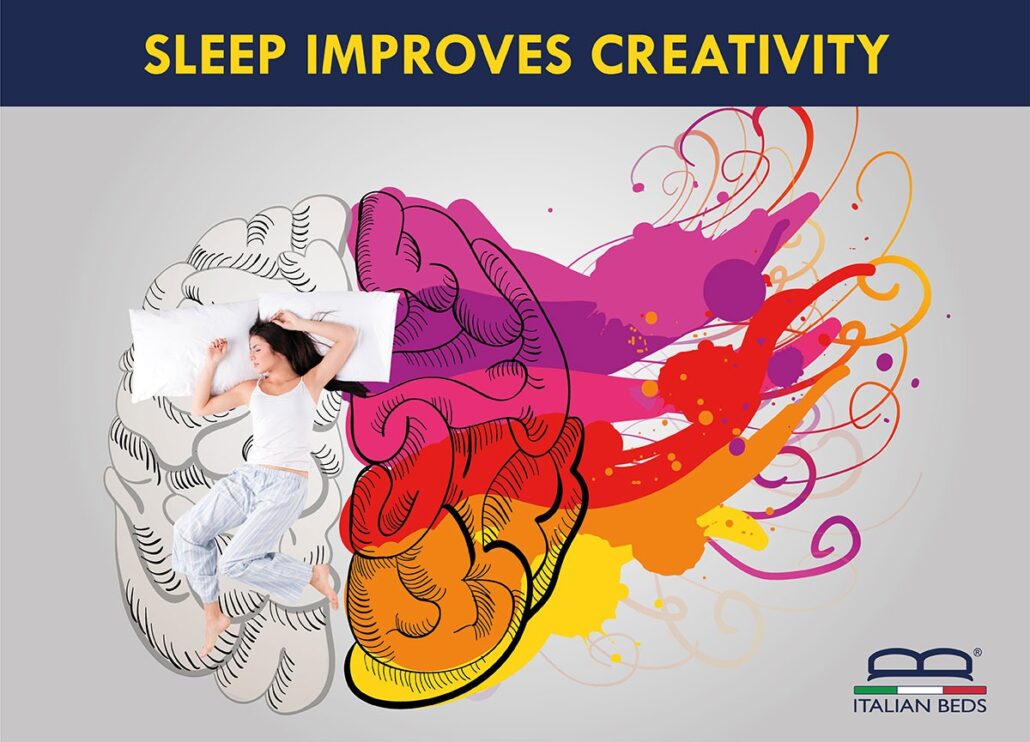
The theory of Penny Lewis, a neuroscientist at Cardiff University School of Psychology (Scotland), shows that sleep plays a fundamental role in the development of creativity, increasing the ability to solve complex problems.
What happens to our mind while we sleep?
When we fall asleep, we enter the non-REM phase, during which the body regenerates itself, restoring metabolic reserves.
Once you go into deep sleep, with “slow brain waves”, millions of neurons are activated simultaneously, and the memories of the day are fixed in the memory itself; practically, the brain creates patterns and forms concepts.
At this point, the Rem phase intervenes to shuffle the cards: the eyes begin to move rapidly under the lids, and you begin to dream. The brain enters a kind of creative chaos, in which the patterns that have formed in the non-Rem phase are reshuffled and associated in a completely innovative way.
It is precisely at that moment that new ideas are born!
In short, if you are working on a complex problem during the day and have not yet found a solution, it is better to sleep on it, rather than stay up all night.
The answer you are looking for will come in a dream!
How do the two phases alternate during the night?
In sleep we repeat cycles of about 90 minutes each, in which the non-Rem phase and the Rem phase alternate, but the portion of time we spend in the second increases with each cycle.
Basically, the non-REM and REM phases work with each other and increase our ability to solve problems, stimulating creative thinking: one facilitates the categorization of memories, the other their free association. Essentially, non-REM sleep extracts concepts, while REM sleep connects them.
The best ideas come at night … they are born while we sleep!